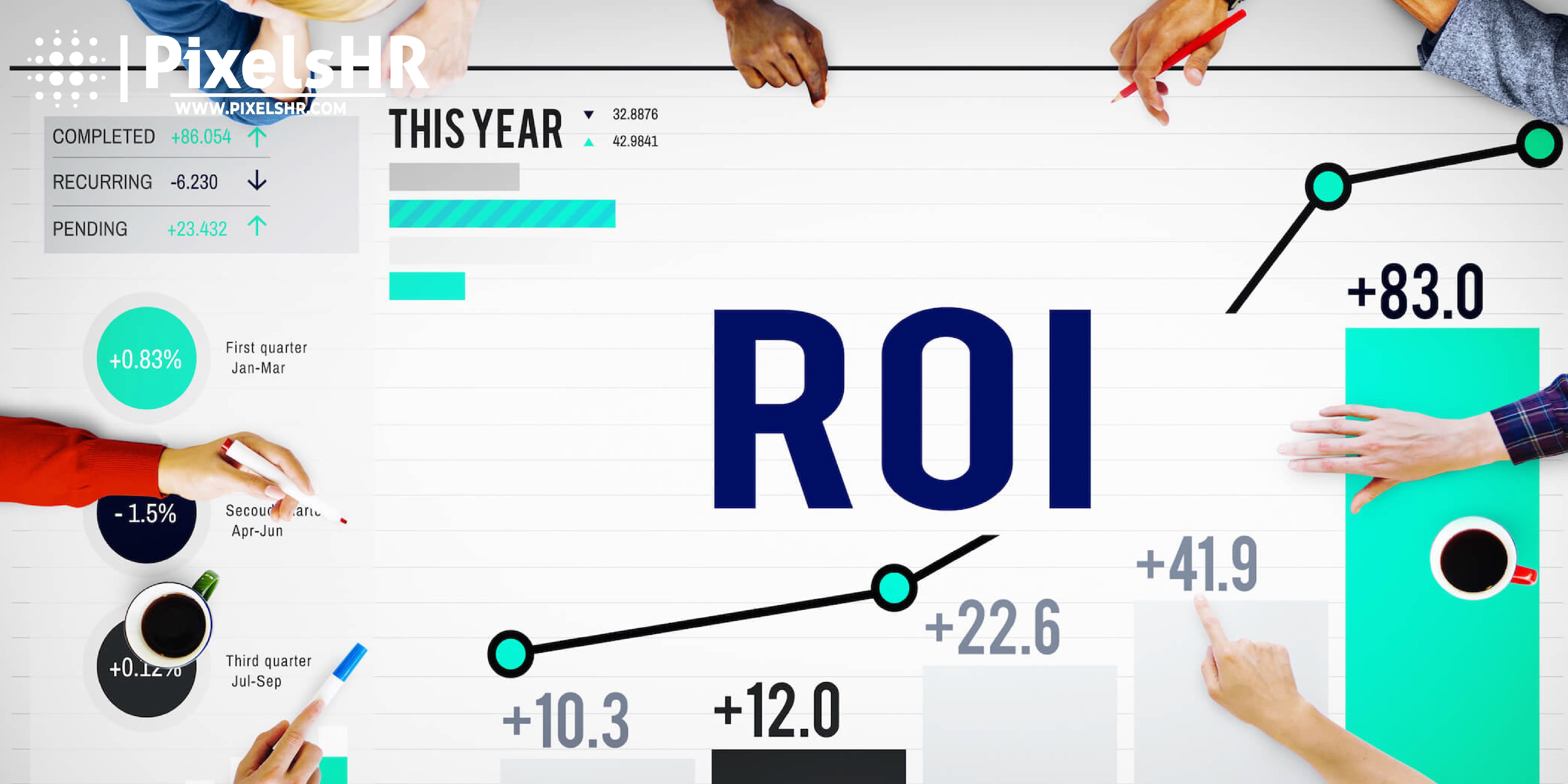Improving ROI: How to Measure the Value of HR Software Effectively
Jul 27, 2024In today's competitive business landscape, HR software is no longer a luxury, but a strategic investment. However, simply implementing HR software isn't enough. To ensure it's delivering a positive return on investment (ROI), you need to measure its value (HR Software Value). This blog explores key metrics to track and best practices for maximizing your HR software ROI.
Importance of Measuring ROI in HR Software
Measuring the ROI of HR software goes beyond just the cost of the software itself. It's about quantifying the tangible benefits your organization gains from its implementation (HR Software Benefits). This data allows you to:

- Justify investment decisions: Clearly demonstrate the financial impact of HR software to secure ongoing support and budget allocation.
- Optimize software utilization: Identify areas where HR software is underutilized and tailor training or workflows for maximum benefit.
- Benchmark performance: Track progress over time and compare your HR function's efficiency to industry standards.
Overview of Key Metrics
Measuring HR software ROI involves a combination of quantitative and qualitative metrics, categorized into four main areas:
- Cost Reduction Metrics
- Productivity and Efficiency Metrics
- Employee Engagement and Retention Metrics
- Compliance and Risk Management Metrics
Cost Reduction Metrics
These metrics track the financial savings associated with HR software:
- Savings in Time and Resources: Quantify the time saved by automating tasks like payroll processing or recruitment screening.
- Reduction in Administrative Costs: Calculate the cost reductions achieved by automating manual processes or reducing paper usage.
Productivity and Efficiency Metrics
These metrics measure the impact of HR software on process speed and employee output:
- Time Savings in HR Processes: Track the time saved by employees and HR professionals through streamlined workflows.
- Increased Employee Productivity: Analyze metrics like task completion rates or project turnaround times to gauge overall productivity.
Employee Engagement and Retention Metrics
These metrics assess the impact of HR software on employee satisfaction and loyalty:
- Impact on Employee Satisfaction: Conduct surveys or track employee self-service portal usage to understand employee sentiment.
- Reduction in Turnover Rates: Calculate the impact of HR software on employee retention rates.
Compliance and Risk Management Metrics
These metrics measure the impact of HR software on regulatory compliance and risk mitigation:
- Reduction in Compliance Costs: Track the cost savings associated with automated compliance reporting and recordkeeping.
- Mitigation of Legal Risks: Quantify the reduced risk of non-compliance fines or legal disputes through improved recordkeeping.
Measuring ROI: Best Practices
Here are some key practices for effective ROI measurement:
- Establishing Clear Objectives: Define your specific goals for implementing HR software upfront. This could be reducing time-to-hire, improving HR process efficiency, or boosting employee engagement. Aligning your metrics with these objectives ensures you're tracking the right data.
- Regular Monitoring and Evaluation: Schedule regular assessments of your chosen metrics to track progress towards your objectives. This allows for adjustments to your HR software usage or overall HR strategy as needed.
Conclusion: Maximizing ROI with Effective Implementation
Maximizing HR software ROI goes beyond just selecting the right software. Effective implementation strategies are key:
- Comprehensive Training: Ensure HR personnel and employees are adequately trained on using the software to its full potential.
- Data-Driven Decision Making: Utilize the data generated by HR software to make informed decisions regarding HR processes and talent management strategies.
- Continuous Improvement: Regularly review your chosen metrics and identify opportunities to further optimize your HR software usage.
Frequently Asked Questions (FAQ)
- What are some challenges associated with measuring HR software ROI?
Challenges include identifying the true cost of manual processes before implementation and isolating the impact of HR software from other factors influencing employee engagement or productivity.
- How can I demonstrate the non-financial benefits of HR software?
Use qualitative data from employee surveys or focus groups to showcase improvements in employee morale, work culture, or manager satisfaction.